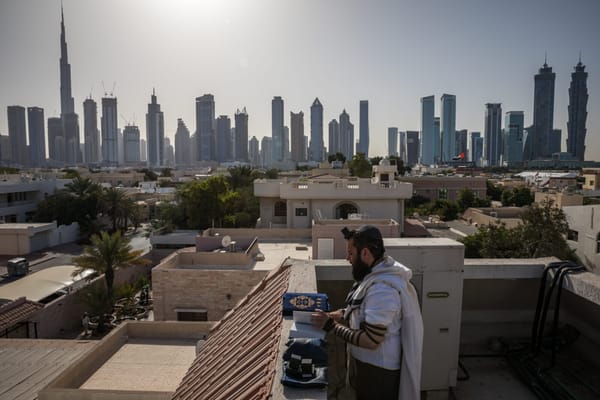Melman, The Master Terrorist
Yossi Melman, The Master Terrorist: The True Story Behind Abu Nidal (New York: Adama Books, 1986). Yossi Melman has pieced together “an interim report” that provides, within limits, a substantial sketch of Abu Nidal and his Palestinian fringe group, most widely known as the Abu Nidal group, or t









